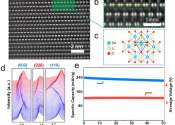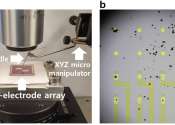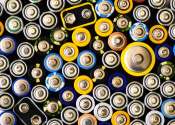Researchers upcycle degraded cathodes to create high-performance lithium-ion batteries
In a study published in Advanced Energy Materials, a research team led by Prof. Zhang Yunxia from the Hefei Institutes of Physical Science of the Chinese Academy of Sciences developed a solid-phase sintering strategy to enable ...
Aug 31, 2023
0
2









